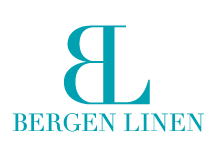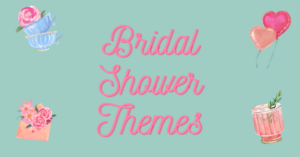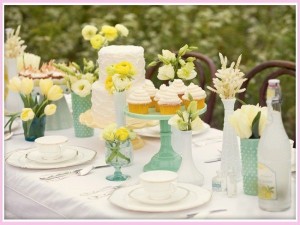From ancient royal courts to today’s world-class restaurants, one constant has been the iconic white chef’s uniform. This attire is steeped in a rich culinary history.
Why chefs wear white goes beyond a simple color choice? It’s a statement of professionalism and a nod to the storied legacy of the culinary arts. The white chef’s uniform are not only practical but also connected to the centuries-old customs that have shaped the gastronomic world. Let’s take a look.
Behind the History of Chefs Uniforms
The iconic white chef uniform, known as “chef whites,” has a storied history dating back to the 19th century. It was the legendary French chef Marie-Antoine Carême, regarded as the ‘king of chefs and the chef of kings,’ who pioneered standardization. Carême reinvented the chef’s uniform with both aesthetics and practicality in mind. His vision of a clean, white jacket showcased professionalism and cleanliness; they were in stark contrast to the grimy aprons common in kitchens during this time.
Chef Carême’s contemporary, Auguste Escoffier, later helped to popularize this uniform. Why the color white? It symbolizes purity and cleanliness. For more practical reasons, white also reflects heat and provides some relief in hot kitchens.
Since their inception, white chef coats have become a tradition in culinary schools and professional kitchens worldwide. They epitomize the excellence and pride of the cooking profession.
They “Why” Behind Chef Uniforms
Echoing the past while catering to the practical needs of modern kitchens, chef whites serve multiple purposes. Let’s explore each of these reasons to understand why the white chef uniform has become a culinary arts iconic symbol.
Cleanliness
In the Food and Beverage industry, cleanliness is king. A chef’s white uniform isn’t just about looking good; it’s about maintaining the highest standards of hygiene. White is the perfect choice for the kitchen because it doesn’t hide stains or debris. This level of visibility ensures that chefs change their coats to prevent any potential food contamination.
If you have been visited by a chef at your table, it is always reassuring to see them well-dressed in their clean, chef whites. But there’s more.
Practicality and Function
Chefs’ uniforms are designed with the demanding kitchen environment in mind. The thick cotton fabric of a white chef jacket provides a layer of insulation against the intense heat of stoves and ovens. The double-breasted design serves a dual purpose: it offers an extra layer of protection against splatters and can be easily reversed to hide stains if a chef needs a quick-change. The knotted buttons are not only a distinctive design feature but also practical. Covered buttons are more durable and withstand the required heavy laundering.

Do Chefs Still Wear Hats?
Chef hats, also known as ‘toques’, carry a significant weight. Historically, the hat’s lofty stature kept a chef’s hair neatly away from food and prevented sweat from tricking into dishes.
Today, the chef hat serves as a symbol of expertise and status within the culinary arts community. The hat’s height was once indicative of a chef’s rank and experience. The highest toques reserved for the most knowledgeable chefs such as a head chef. This hierarchy allowed kitchen staff and patrons alike to recognize authority and skill levels at a glance. Pleats were said to have represented the number of recipes or techniques a chef had mastered further showcasing their expertise.
Now, a chef’s hat height and pleats number are more a matter of tradition than practical delineation of status. (Celebrity chefs and James Beard winners rejoice knowing you don’t have to show your status with a very tall hat!)While the classic tall, pleated toque blanche remains iconic, modern professional kitchens often opt for practicality over formality.
The focus has shifted towards comfort, ease of movement, and, most importantly, sanitation. Chefs might choose various styles of hats, including skull caps, beanies, or baseball caps. However, some formal settings still uphold the tradition.
Today’s Chefs Whites
If it’s not broken, why fix it? Aside from better performing fabrics or designs, why deviate from time-honored chefs’ whites? Over time, these uniform pieces have adapted to meet modern demands but still act as a symbol. Today’s chefs’ whites have certainly seen some improvements over the years. Fabrics have become more lightweight and breathable, allowing chefs to stay cool in hot kitchen environments. Moisture-wicking materials help to keep sweat at bay, ensuring that chefs can stay comfortable and focused on their culinary creations.
Bergen Linen is your one-stop shop for your restaurant linen rentals including uniforms, table linens, bar mops, floor mats, and more. Ready to speak with a team member about your unique needs?




